Welcome to Lady Gouldian Finch's Blog

The Endangered Gouldian Finch,
Erythrura gouldiae
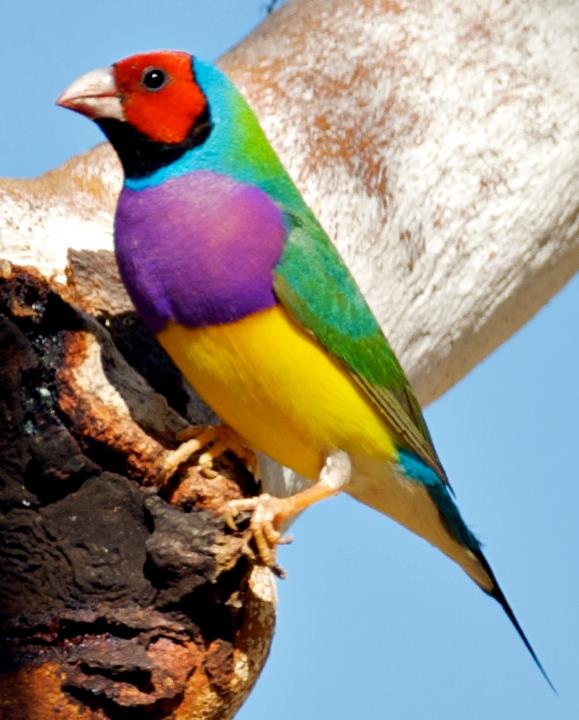
Gouldian Finches, also know as the rainbow finch, are Australia's most spectacularly coloured grassfinches, and are perhaps the most spectacularly coloured of all Australian birds.
Gouldian Finches are small birds, with a bright green back, yellow belly and a purple breast. Head colour is usually black (about 75% of the wild population), but 24% have red heads and 1% have yellow heads. Young Gouldian Finches are dull ashy grey on the head and hind neck, becoming olive on the back and tail.Female Gouldian Finches are duller in color then Male Gouldians which are vibrant and brightGouldians are one of Australia’s 18 grassfinches. Several species occur across the northern grasslands, but some are found throughout temperate Australia as far south as Tasmania. Wild Gouldian Finches are distributed across the savanna grasslands of Australia’s tropical north from Derby, WA, to the Gulf of Carpentaria and across to central Cape York and the Atherton Tablelands.
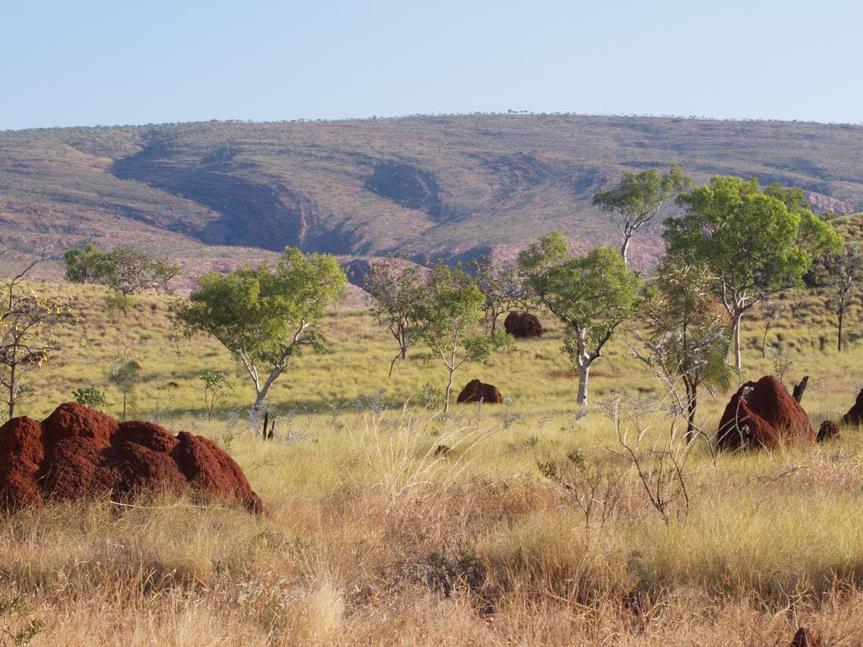
Status today
While Gouldian finches are popular and abundant aviary birds worldwide, their wild population has declined dramatically over the last 30 years and they are now classified as Endangered. This status was recently renewed by the Federal government. Only a few thousand remain in the wild, mainly in the Top End of the NT and Kimberley region of WA in small groups of 10-200 birds. They have almost disappeared from Queensland. Map shows records of Gouldian finches (purple squares) for the last 10 years of records in e-Bird database.
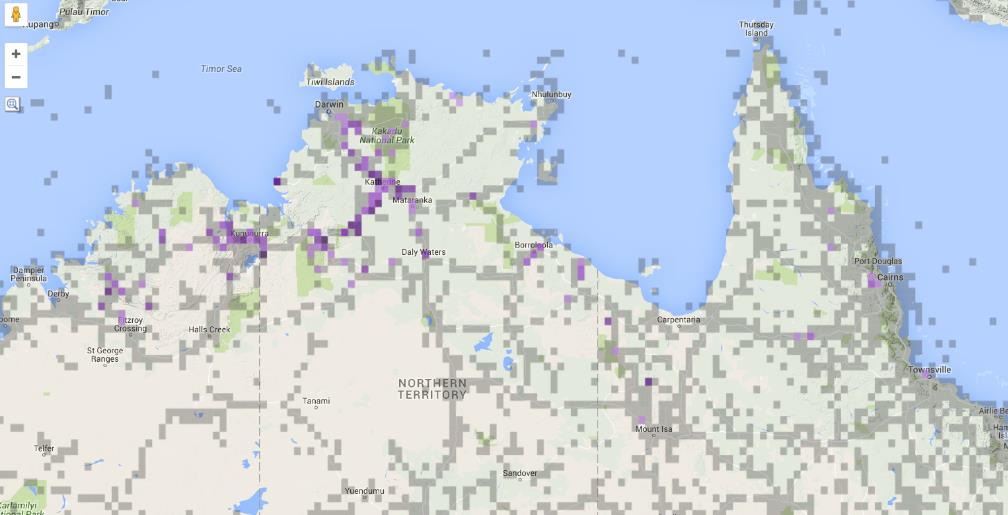
WHY HAVE THEY
DECLINED?
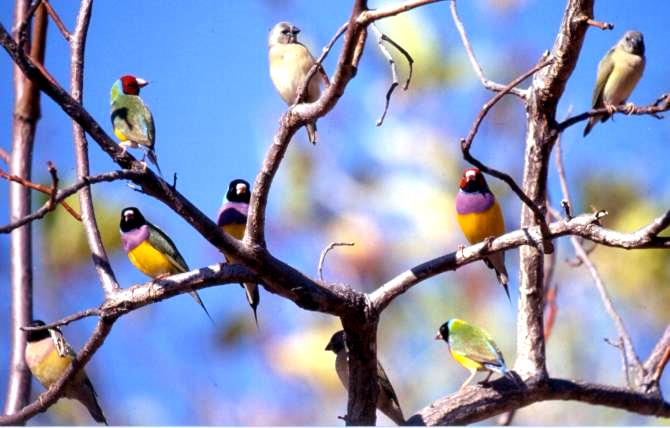
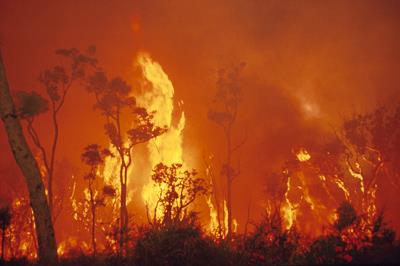
Key threatening processes
inappropriate fire regimesgrazing impactscompetition for nesting sites
Fire and grazing have dramatically changed across northern Australia. Intense and extensive late dry season fires have replaced the previous mosaic of small patch fires at different times of year. This has reduced the availability of nesting sites and the diversity of seed resources for Gouldians at critical times of year, particularly in the late dry/early wet season (Oct-Dec).Gouldians are more specialized feeders than other finches and rely almost exclusively on annual sorghum during the breeding season (March to July) and a variety of other grasses at other times. Gouldians are unique among finches in that they nest only in tree hollows – only of a certain quality and in certain trees. Fire reduces the availability of hollows by killing old trees which have the hollows and by killing seedling trees so that fewer trees survive. There is also evidence that the more aggressive Longtailed finch often disrupts nesting attempts by Gouldians as they also compete for hollows.
While many thousands of Gouldians were once trapped for the pet trade this has not occurred since 1982 and is not a cause of their decline.
How can you help?
Donate to STGF or sponsor a nestbox atwww.savethegouldian.netIf you’re a bird breeder checkout products from Naturally for Birds – profits go to STGF www.naturallyforbirds.com.au

Research is helping
Save the Gouldian Fund has been in existence for 10 years and research supported by various
institutions including the STGF has:
Identified Wild Gouldian Finches annual cycle of food preferencesIdentified nesting requirementsShown the –ve impacts of late season hot fireson the gouldian Finch populationsDesigned an artificial nestbox programBetter managed fire over huge areas and demonstrated the benefits for GouldiansGouldian finches are slowly recovering
….BUT THE JOB IS NOT DONE